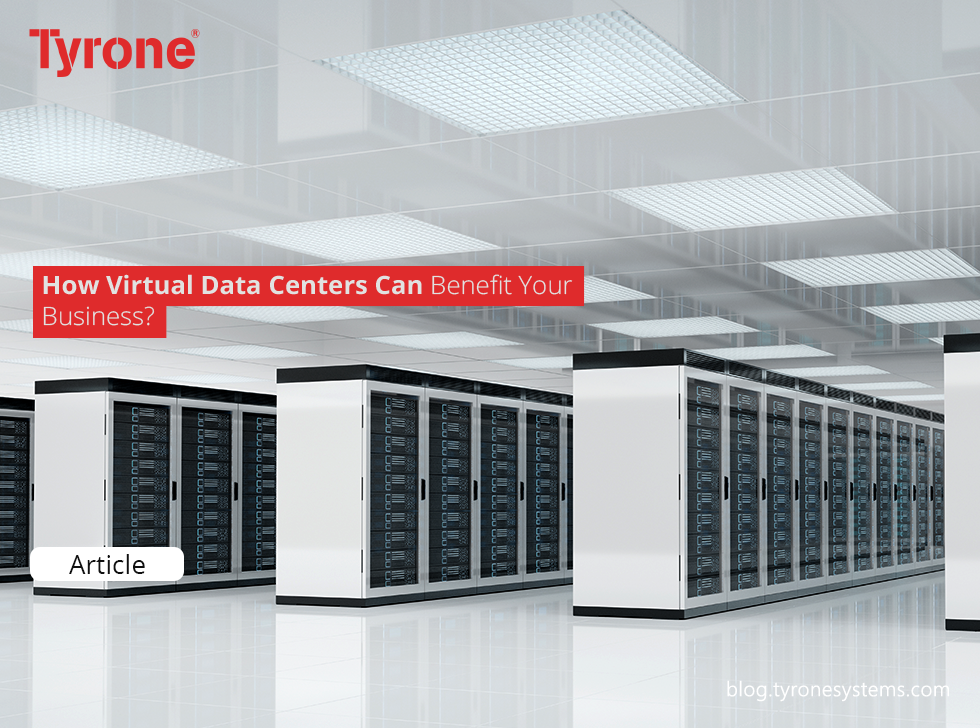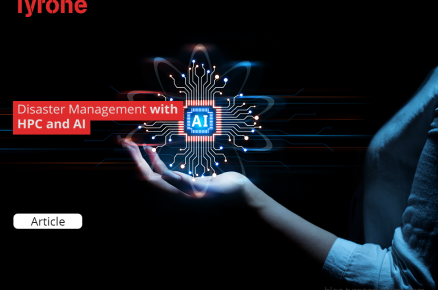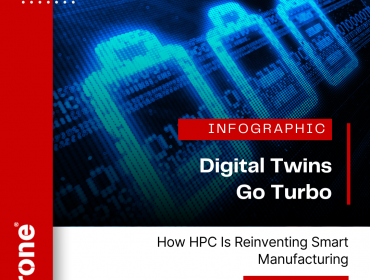The economic downturn and the physical limitations of space and power pose significant challenges to organizations, forcing them to search for new data center architectures. One such architecture is the virtual data center, which eliminates many traditional challenges by reducing costs, simplifying processes, and increasing IT agility. This article will discuss the features and benefits of a virtual data center and how it differs from a traditional data center.
What is a Virtual Data Center?
With the advent of server virtualization, organizations have recognized the benefits of pooling IT infrastructure resources. Virtualization reduces hardware expenditures, speeds up resource provisioning, and increases system utilization by abstracting resources from physical servers. A virtual data center, also known as a software-defined data center (SDDC), is an abstract representation of a physical data center. It includes virtualized computing, networking, and storage clusters that organizations can access on an as-a-service basis. Compute virtualization, also known as server virtualization, leverages a hypervisor to create multiple virtual machines (VMs). This allows organizations to run multiple VMs, operating systems, and applications on a single physical server, making it possible to partition one physical server into multiple virtual servers. Network virtualization abstracts network resources from physical hardware, enabling IT administrators to migrate workloads easily across data centers.
Storage virtualization, on the other hand, pools numerous storage resources, making siloed storage solutions obsolete. By dynamically distributing storage space to each application on demand, virtualized storage improves flexibility and scalability. A virtual data center combines various virtualization layers, resulting in a centralized structure that provides IT resources as a service, whether installed on-premises, in the public cloud, or in a hybrid cloud environment.

Advantages of VDC
Virtualization transforms data center operations, providing multiple benefits for organizations. These benefits include cost-saving, increased efficiency and productivity, improved security and compliance, enterprise mobility, reduced downtime, and enhanced disaster resiliency.
Cost-saving
Physical data centers require significant upfront costs for leasing space, maintaining the facility, acquiring hardware, training employees, and paying overhead. They may also be inefficient if applications are not consuming the server, leaving the computer idle. In contrast, a virtual data center allows organizations to consume IT services on a pay-as-you-go pricing scheme, adding resources and paying for them on demand. This flexibility enables more accurate predictions of operational expenses, and organizations can budget their financial resources more effectively.
Efficiency and Productivity
Virtual data centers have fewer servers, so IT administrators spend less time maintaining physical hardware. IT teams can install, update, and maintain VMs across the virtual data center on fewer servers, reducing the labor-intensive process of applying updates server by server. This increases efficiency and overall productivity.
Security and Compliance
VMs in virtual data centers are always abstracted from the underlying hardware infrastructure, ensuring that data traffic within the virtualized environment remains secure. Organizations that must meet high-security standards owing to legal mandates might use virtual data centers to ease data governance while maintaining a high degree of compliance.

Enterprise Mobility
As companies shift to remote and hybrid working options, employees need access to corporate resources across different locations. A virtual data center can support remote employees, allowing them to access corporate resources where and when required, conforming to security and compliance policies. Organizations can deliver mission-critical applications and data seamlessly to their distributed workforce by centralizing visibility and control of business resources.
Improved Disaster Resilience and Reduced Downtime
A conventional data center disaster can take IT administrators a substantial amount of time, ranging from hours to days. Conversely, a virtual data center offers the capability for IT teams to swiftly provision and deploy virtual machines, enabling them to clone or replicate any impacted virtual machine in just a matter of minutes. This quick process of setting up and provisioning a virtual machine contrasts greatly with the time-consuming process of setting up a physical server, thereby significantly enhancing disaster resilience and overall business continuity.












